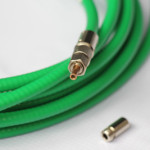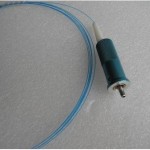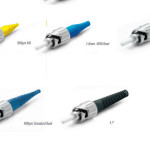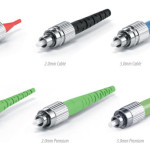The designs of all “high-power” SMA905 (HP905) connectors currently available are essentially the same. A metal ferrule is held tightly around the cladding of a fiber optic with a polished (or possibly cleaved) end surface. Low power SMA905 connectors have stainless steel ferrules, but since high-power SMA905 connectors are prone to overheating, many have replaced the steel with copper (or copper alloy) to exploit the thermal conduction properties of that material. The ferrule design creates several problems when considering launching a high-power beam.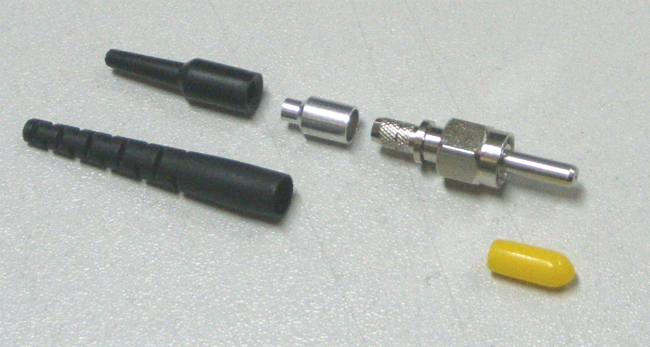
The metal-glass interface of the front of the connector produces difficult issues for cleaning the fiber facet. Particles of dirt can gather in the join, a short-cut to contamination and fiber damage. The fiber must be held in the ferrule, typically by glue. This is another source for contamination, and if the temperature of the ferrule exceeds the limit for damaging the glue then the fiber will become free and likely contaminated by the melted/burnt glue. To avoid these problems, many manufacturers have produced connectors with a chamfer around the fiber, allowing the fiber end to protrude from the central part of the ferrule but still be protected by the outer part of the ferrule. This allows for easier cleaning of the fiber, but leaves it more vulnerable to external damage and overheating.
Some HP905 manufacturers produce connectors that have a mode stripping feature on the fiber. The restrictive size and design of the HP905 forces the position of this section of mode stripped fiber to lie at least 25 mm behind the entrance facet to allow for cooling of the mode stripped radiation which has been absorbed in the connector. If any radiation is launched into the cladding it can leak out along this first section, heating the glue and the ferrule which will eventually cause damage.
